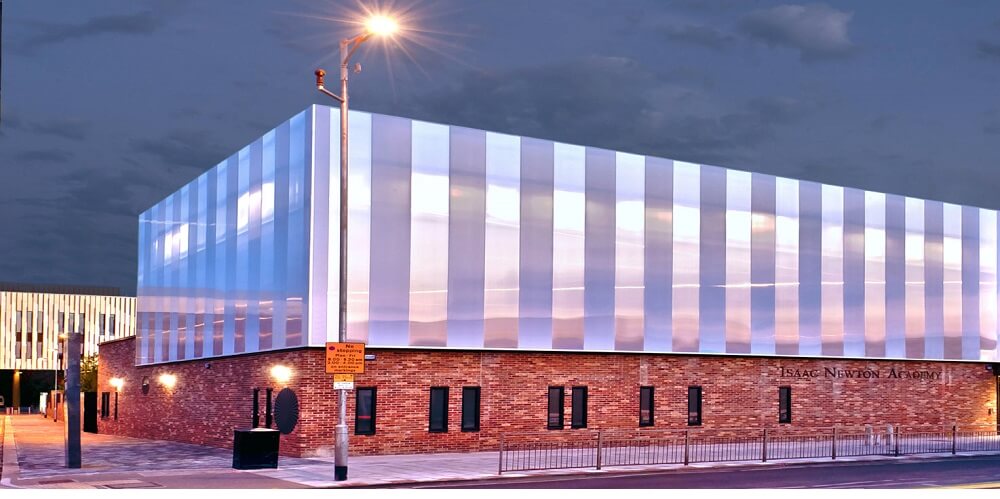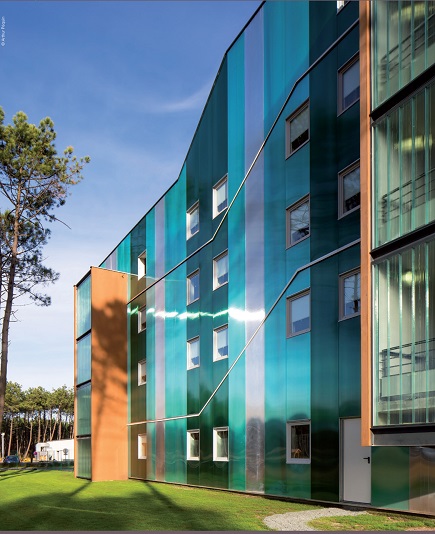
Architecture can be a demanding field, requiring a nimble mastery of talents. An architect who excels in his or her field is one who understands the basic requirements of construction so that a building can emerge from the original design to a finished site. Architecture demands a knowledge of current building codes and federal regulations in order to comply with the legal standards governing the construction industry. The architect who knows the discipline also knows how to translate what the client wants into reality. Through all of this, an architect is a creator, taking building materials and colors and turning these components into a structure that accomplishes its purpose. All of this seems easy to understand, and it is. That is, until the first leak shows up and all of a sudden, the people inside the building are at the mercy of the elements which are supposed to remain outside the building. When that happens, the talented, knowledgeable, skilled, creative architect is going to wonder if he or she neglected to use the right cladding when choosing building materials.
 Keeping Leaks Out With Danpal Cladding
Keeping Leaks Out With Danpal Cladding
No one wants a leak in the building. Leaks are messy to clean up; they’re a nuisance for the occupants of the building, whether it’s in the home or the workplace; and they have the potential to cause accidents, if someone would slip and fall. If the leak manages to compromise the insulation of the building, even greater damage is likely. Dry insulation is a must in order for the heating/cooling system to maintain peak energy efficiency. Even buildings in the very best of condition use a lot of energy—they’re responsible for 40% of energy consumption in developed countries—so you can imagine what happens if damaged insulation allows energy to escape. Quality cladding plays a very important role in making sure that your building’s insulation has the protection it needs to maintain efficient use of energy.
Why Danpal Cladding Provides the Best Protection
Danpal’s Ventilated Rainscreen System offers complete insulation protection thanks to the Danpalon panels. The double-notched, connector-bound sheets, made of microcell polycarbonate, provide impenetrable protection for a building’s insulation. The natural ventilation is the result of an air gap; the convective motion is what keeps the insulation dry and free from weather penetration. Dry insulation is like a vaccination against damage for a building; it prevents structural problems from developing and it also prevents the penetration of moisture, which can turn into mold and cause a variety of health concerns, particularly for people who suffer from respiratory conditions such as asthma or allergies.
Cladding and Creativity Make An Unbeatable Combo
Cladding clearly plays an important role in the life of a building. But for architects, it also has a cosmetic part to play. That’s because Danpal cladding, which comes in an impressive array of colors and designs, gives a building a creative identity. Add in the generous customization options—Danpal cladding can be customized up to the standard length of 12.0m—and you can understand why architects are so enthusiastic about our product.
Color is an amazing esthetic advantage, but Danpal doesn’t stop there. We’ve pioneered what’s known as daylight architecture, which means that natural light is easily added to a design that uses Danpal cladding. With cladding that protects your building’s interior from the invasion of moisture while enhancing the inside with the benefits of natural light, the finished result is both structurally supported and esthetically enhanced, for a result that’s sure to please.
